
3 minute read
Ocean Pollution by Logan (Age 13
Ocean Pollution

Advertisement
Submitted by Poppy Flynn
Written by Logan Age 13

Each year tons of trash and other pollutants enter the Ocean. Where does this pollution come from? Where does it go? Some of the debris ends up on our beaches, washed in with the waves. Some debris sinks, some is eaten by marine animals that mistake it for food. Plastic pollution is becoming the biggest threat to the oceans. By 2025 there is estimated to be one ton of plastic for every three tons of fish. Plastic already makes up 80% of marine debris. The inability of environmental law to address growing threat of plastic pollution shows the need for shift in attitude. The environmental laws of the
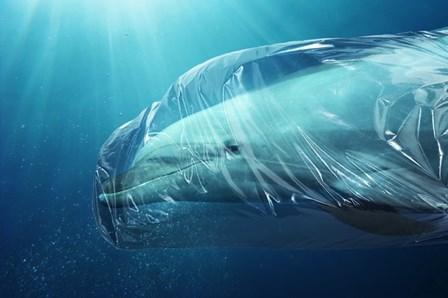
1970s have not yet fulfilled their goals and purposes. The Clean Water act has yet to prohibit discharges and produce clean water because it allows pollution under permitting systems. Plastic waste is littering our oceans and threatening the lives of many of marine animals. Dolphins, whales, seals, fish, birds of the sea and many other ocean animals are dying because of the plastic in the waters. They don’t just get tangled in it or mistake it for food. Studies have
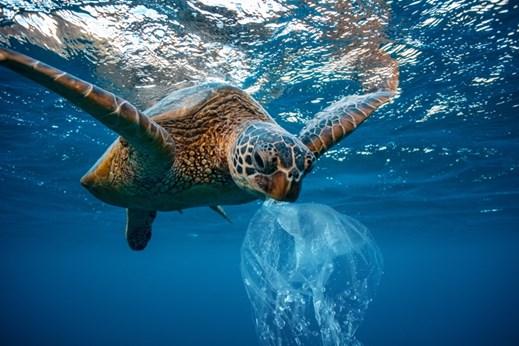
shown that toxins from plastic waste causes health problems too, such as cancer, immune issues and birth defects. It also affects their feeding grounds There are many marine animals that I love, and I know other people love as well, affected by this. If we don’t stop all this plastic from getting into the sea, then we are hurting those animals and increasing the risk of extinction. There are things that we can do to stop this but it’s not always going to be enough, so act. Go beyond what you would normally do, join a charity, or try going out and picking up things that could make it in into the ocean.
Unrecycled plastic, littering and stuff that goes down the drain are the biggest contributors to sea pollution. Plastic being transported to landfill is often blown away because it’s so light. From there, it can eventually enter rivers and be washed into the sea, the same happens with litter or illegal dumping. Many people still flush small things down toilets including wet wipes, sanitary products and cotton buds which are too small to be filtered out by wastewater plants.
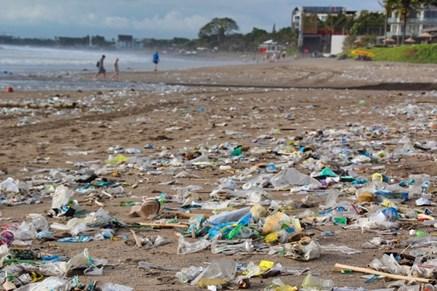
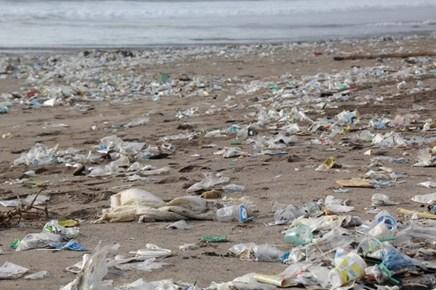
While southeast Asian countries might be the worst contributors to plastic contamination, China heads the list for throwing the most plastic into the sea. And guess what. Two thirds of all the plastic which the UK sends abroad to get rid of, goes to China and the USA was sending 7 million tons a year as well. Recently China refused to continue receiving plastic from other countries and this is a good thing because it forces countries to be responsible for their own waste. Especially as there has been a lot of controversy recently that plastic sent abroad for recycling is just being dumped, creating huge beaches full of waste, like this one.
Do you really want to swim in contaminated water or find your holiday beach full of rubbish? A global study found that the most common type of plastic litter is Cigarette butts which have plastic fibres in the filters. Next are drink bottles, bottle caps, food wrappers, grocery bags, drink lids, straws and stirrers. Notice that a lot of these are tiny items that people don’t think twice before tossing away because they are small. But a lot of people doing this causes a big problem. Be more aware of these little things. Educate your children. Buy reusable bags for your groceries. Get a reusable drink bottle instead of buying single use water bottles, that will save you money too. You may not think you can change much, but if everyone starts doing something, then all those things add up so just try to do everything you can. Help where you are able and the animals we care about will be safer. You never know just picking up a plastic bottle could save a marine animal.
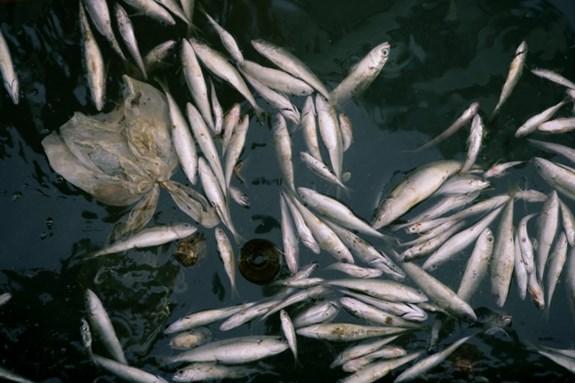
And if this isn’t enough to change your attitude then, if you enjoy seafood, perhaps consider exactly what ends up in the food chain.










